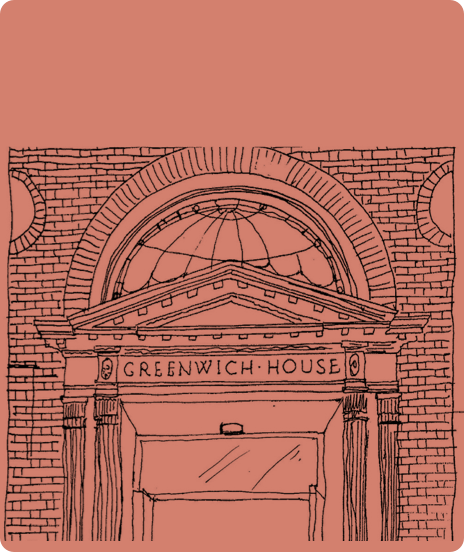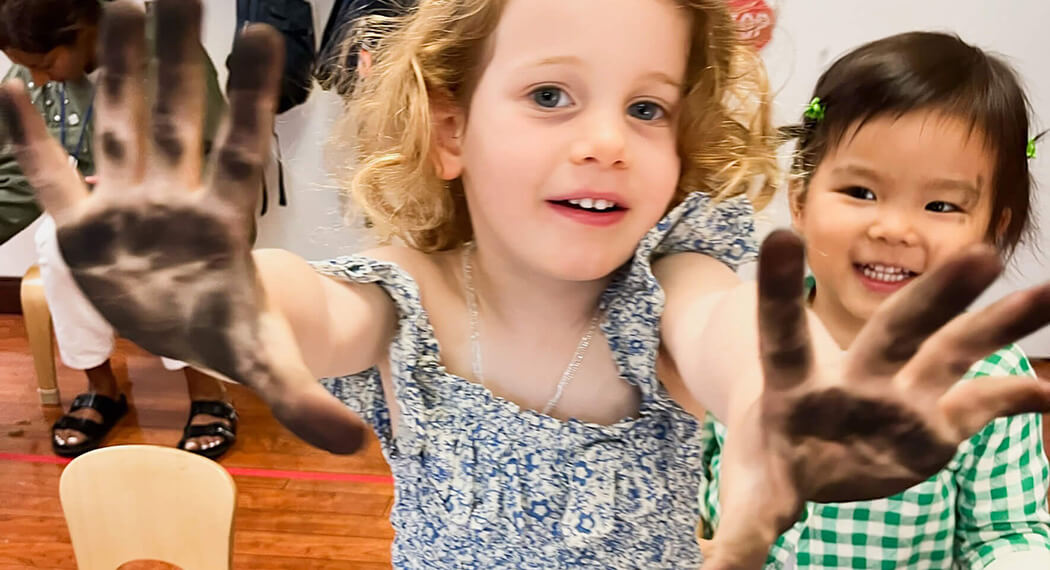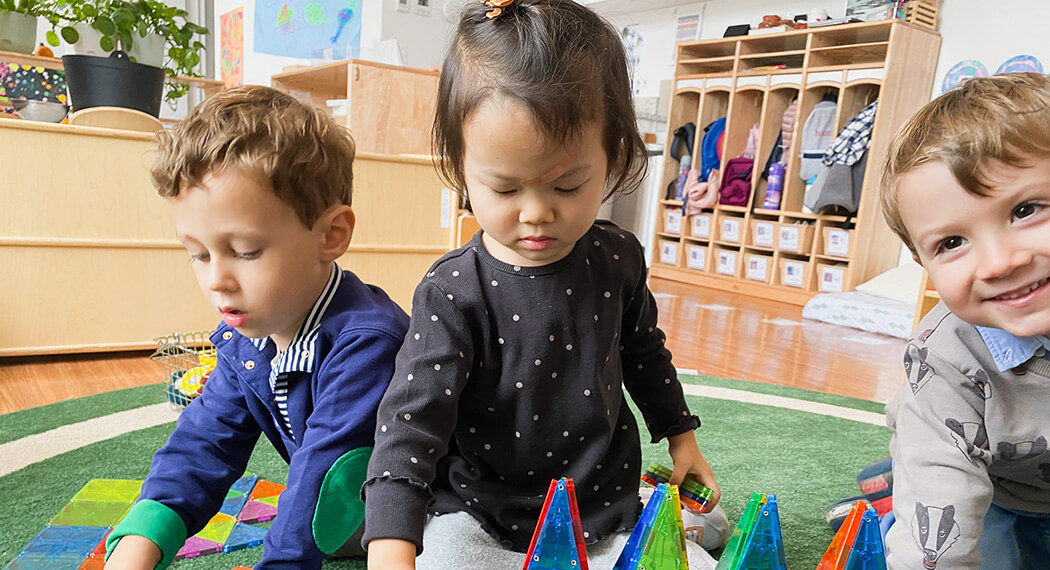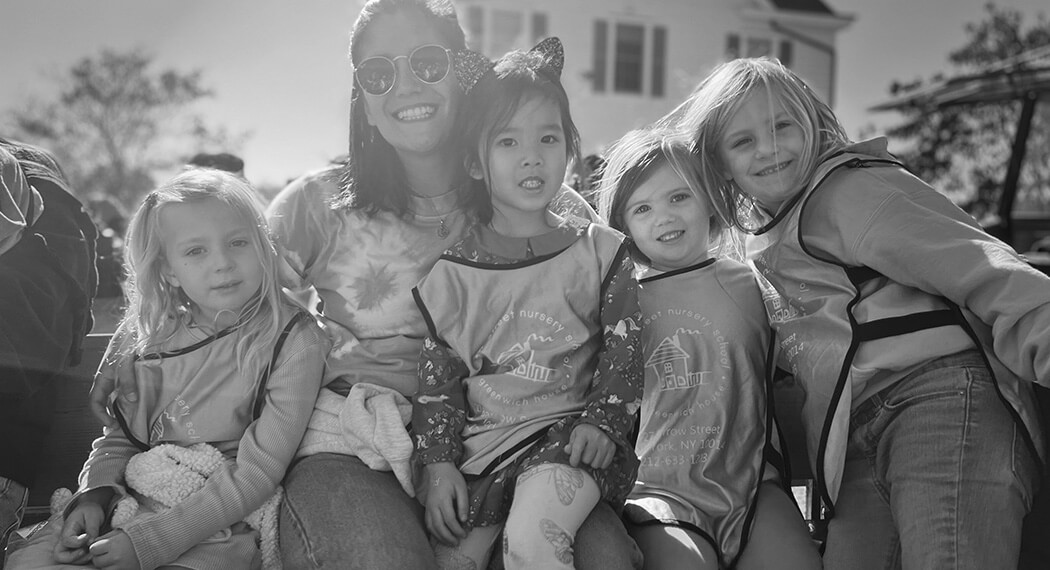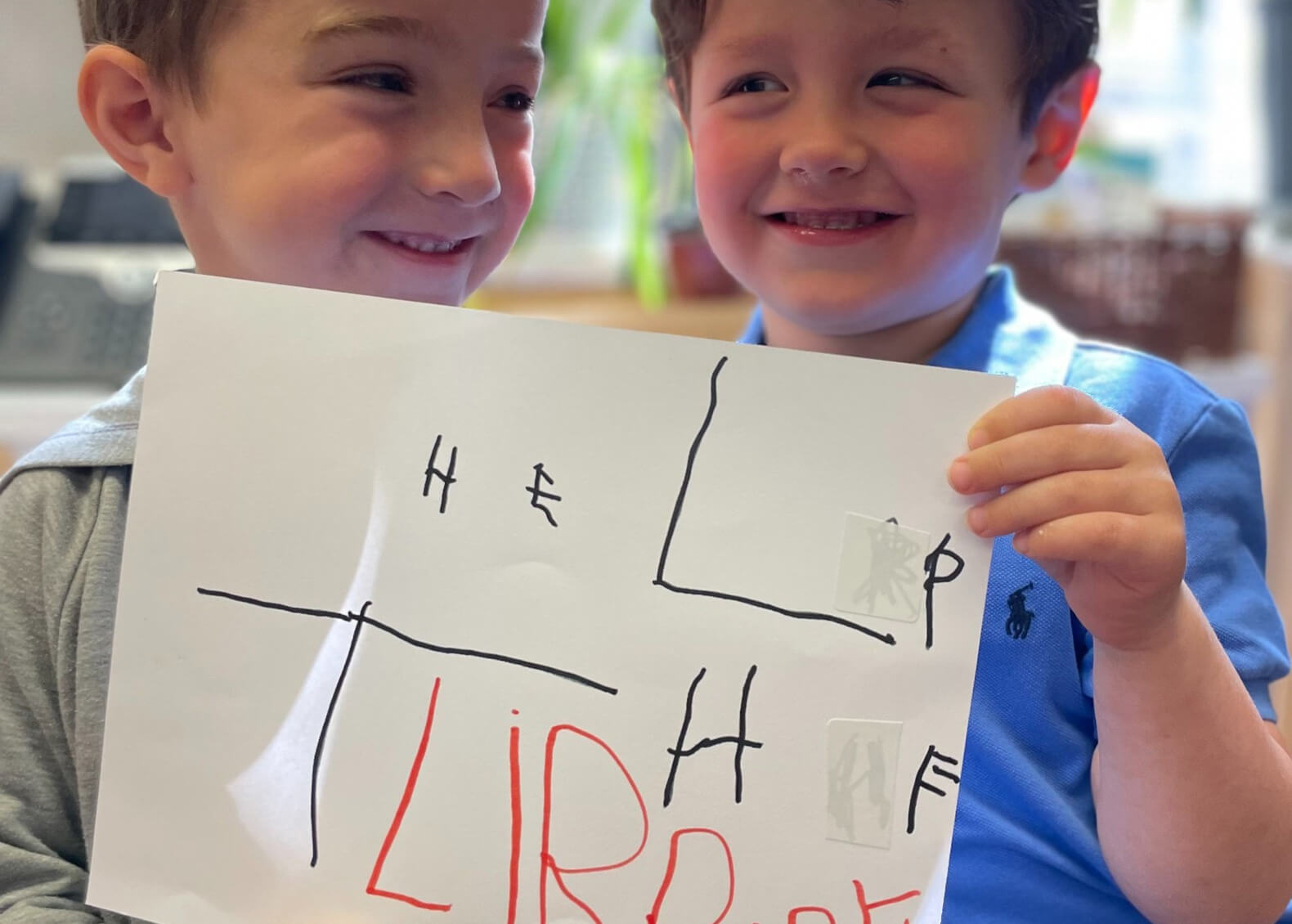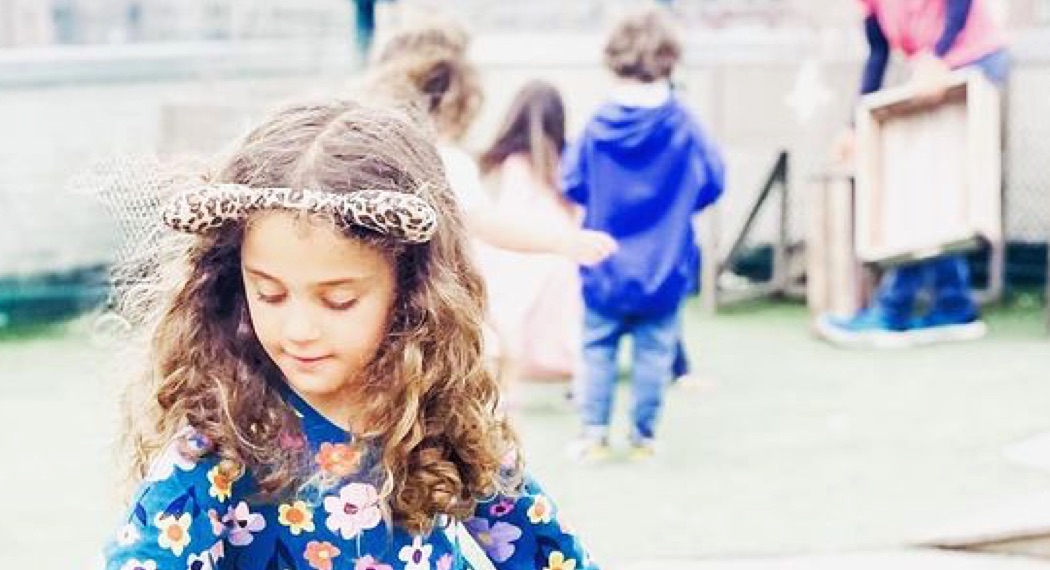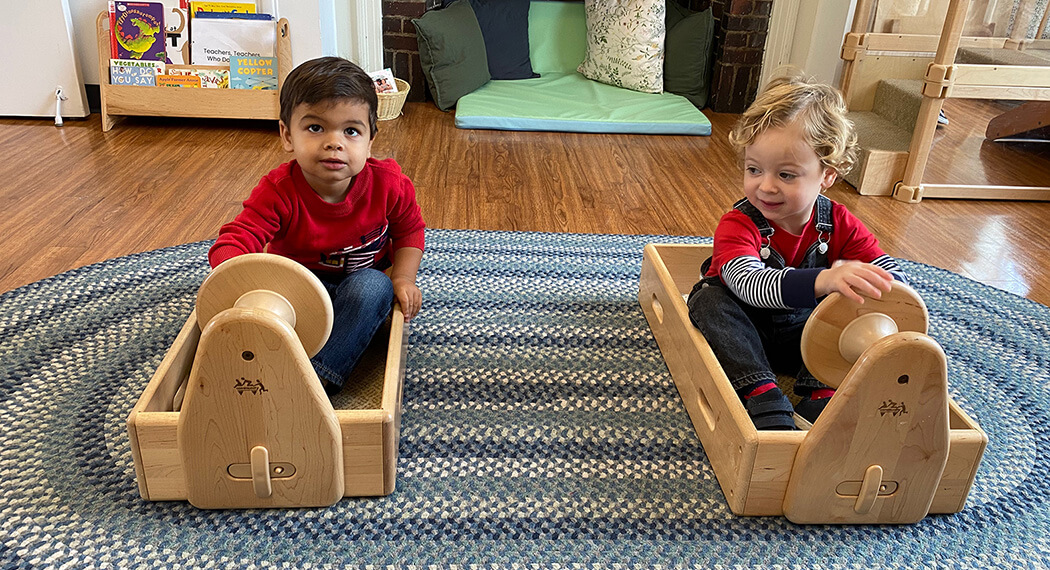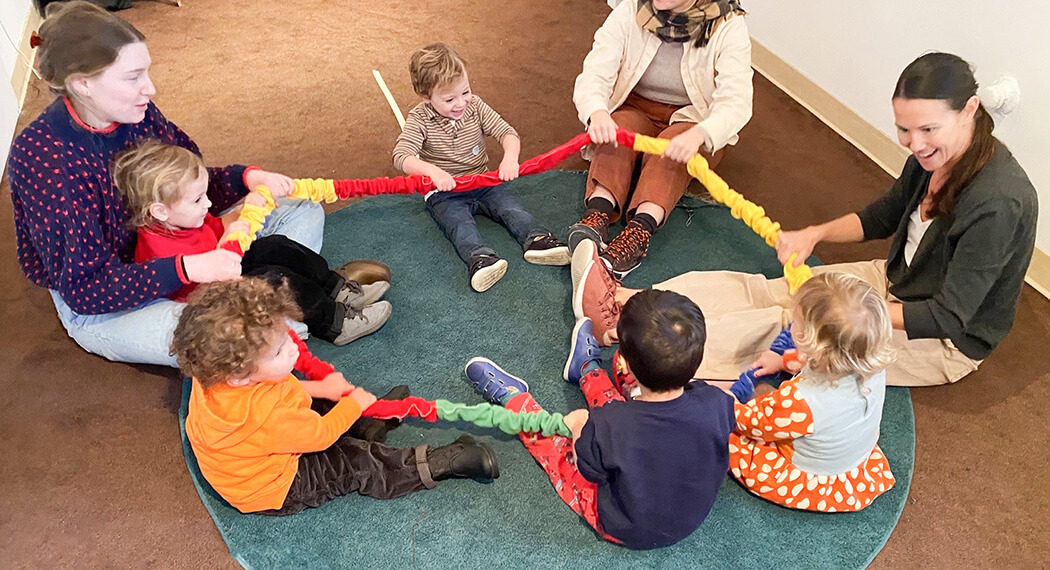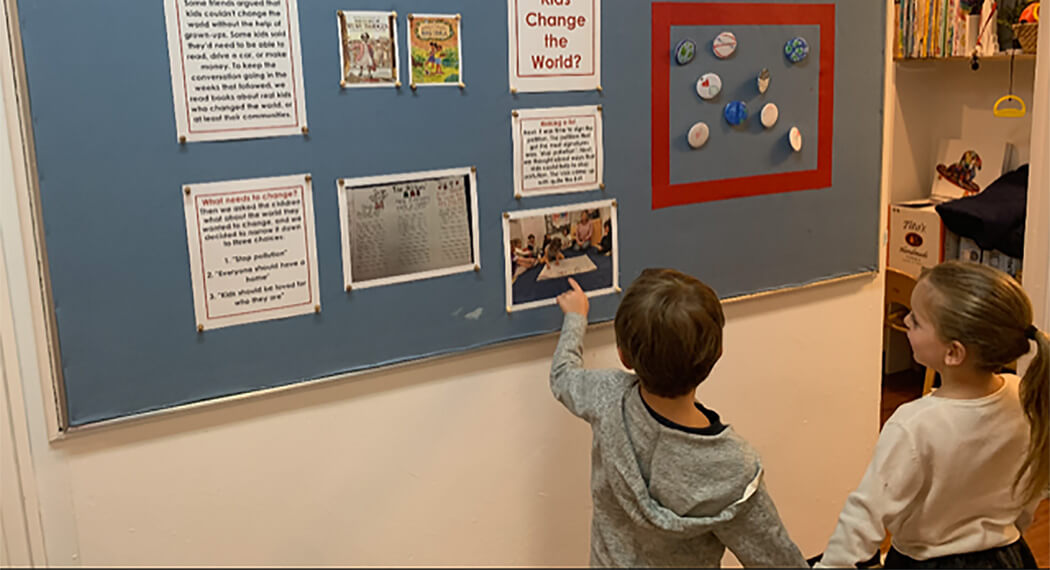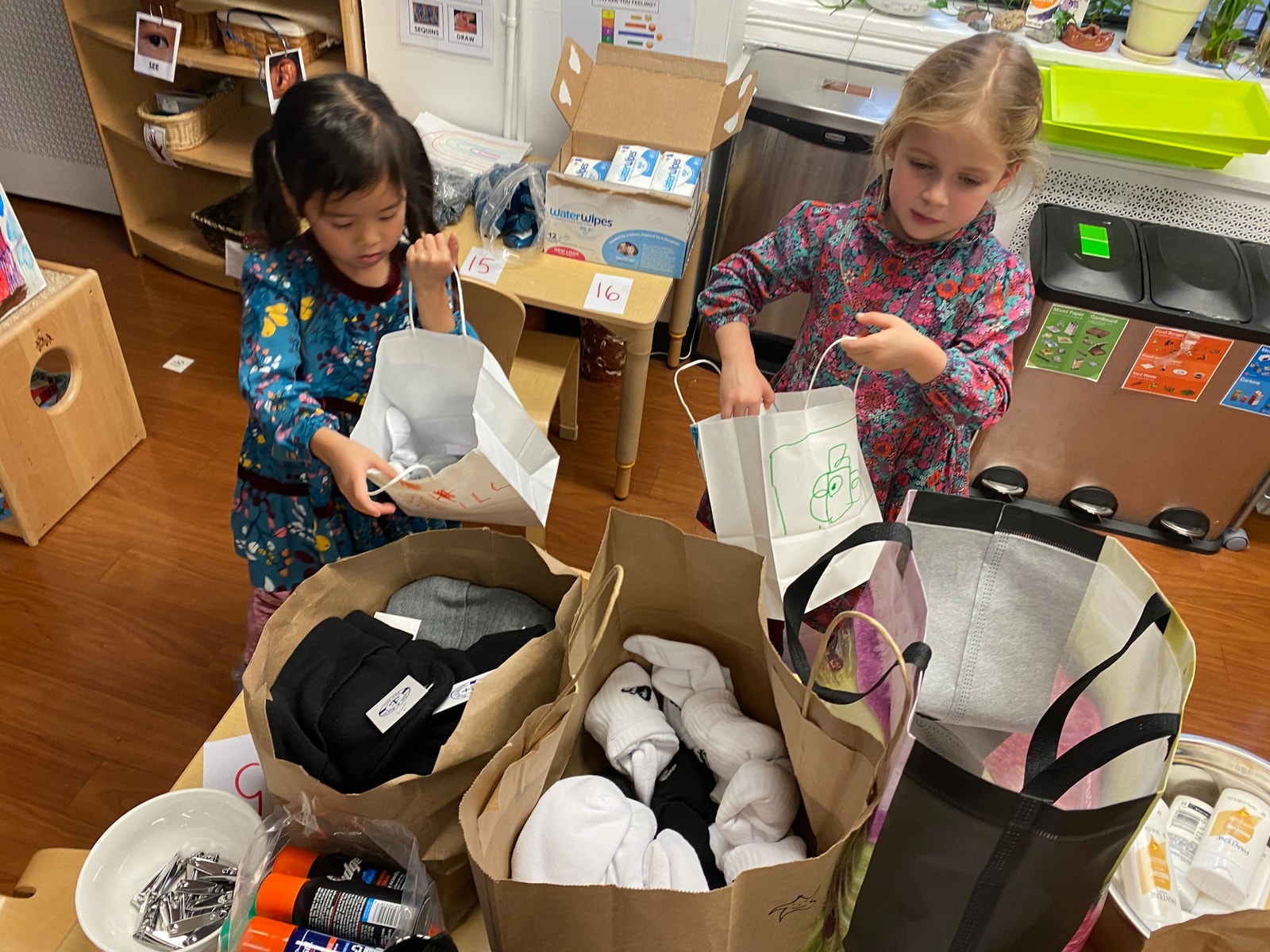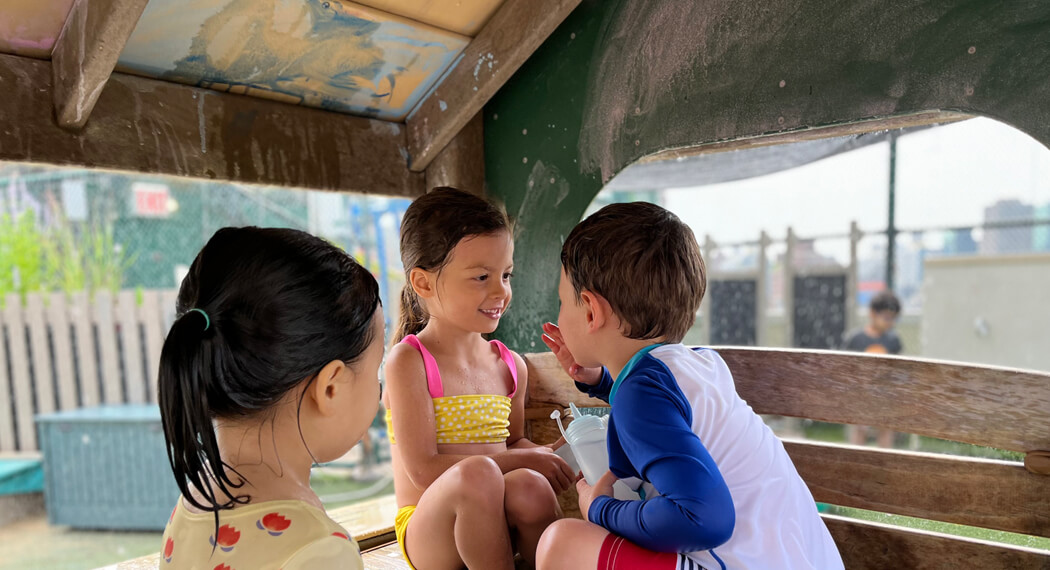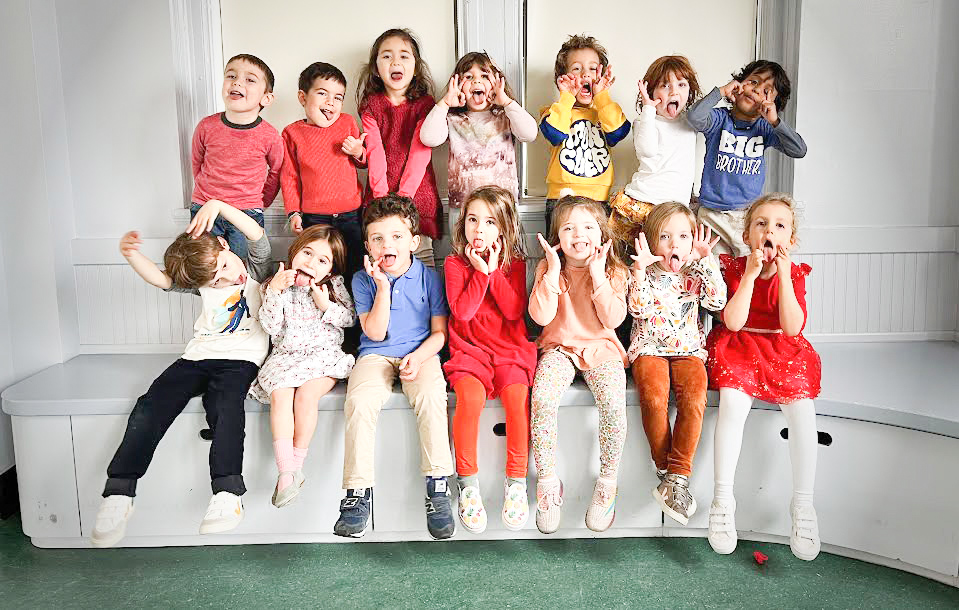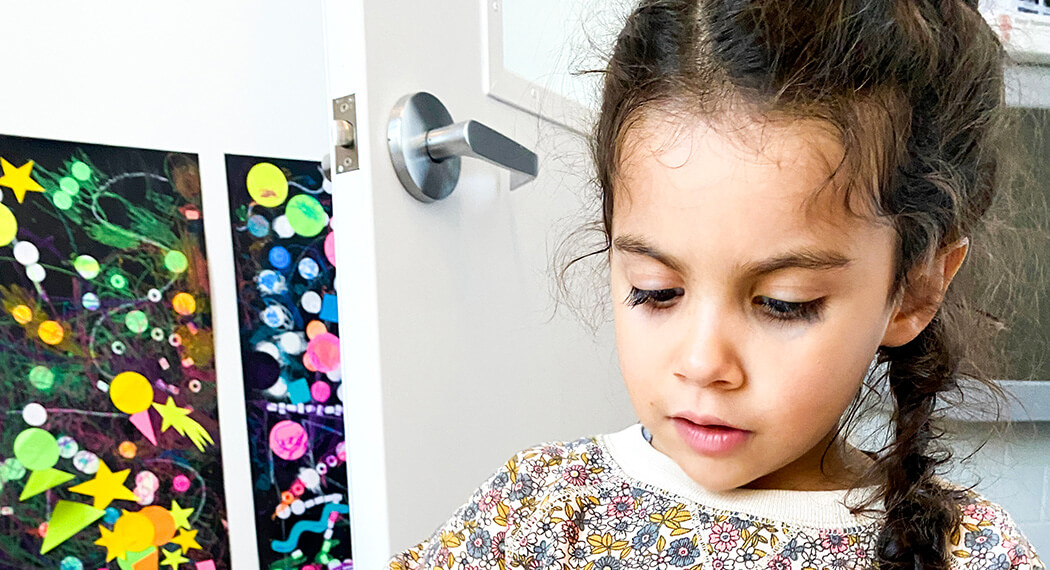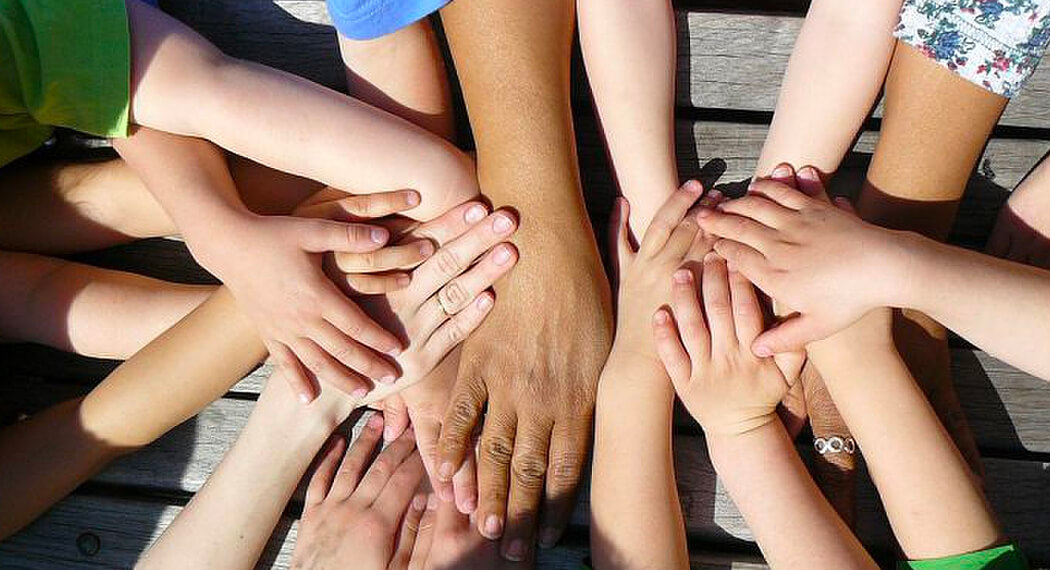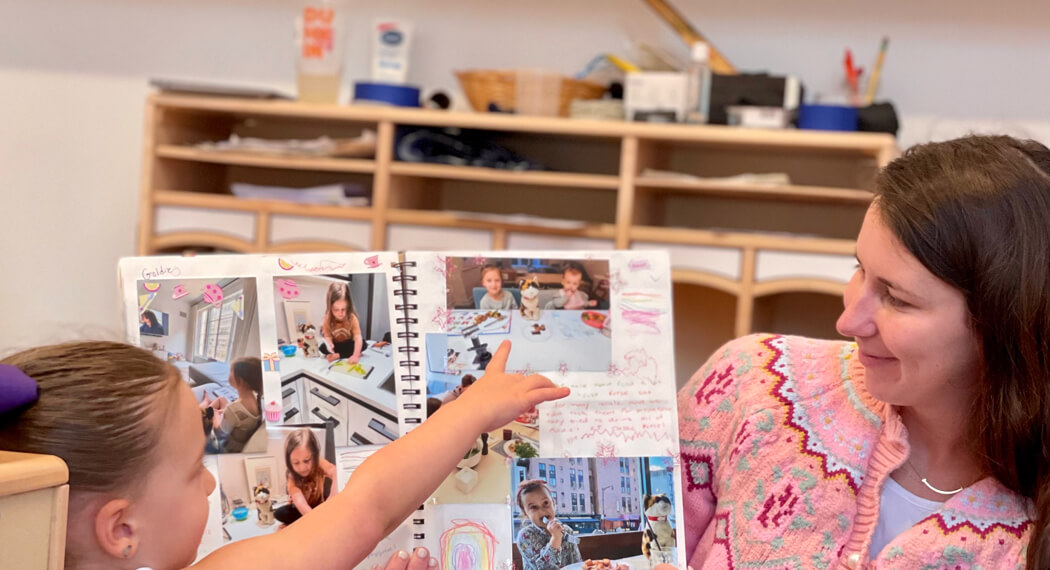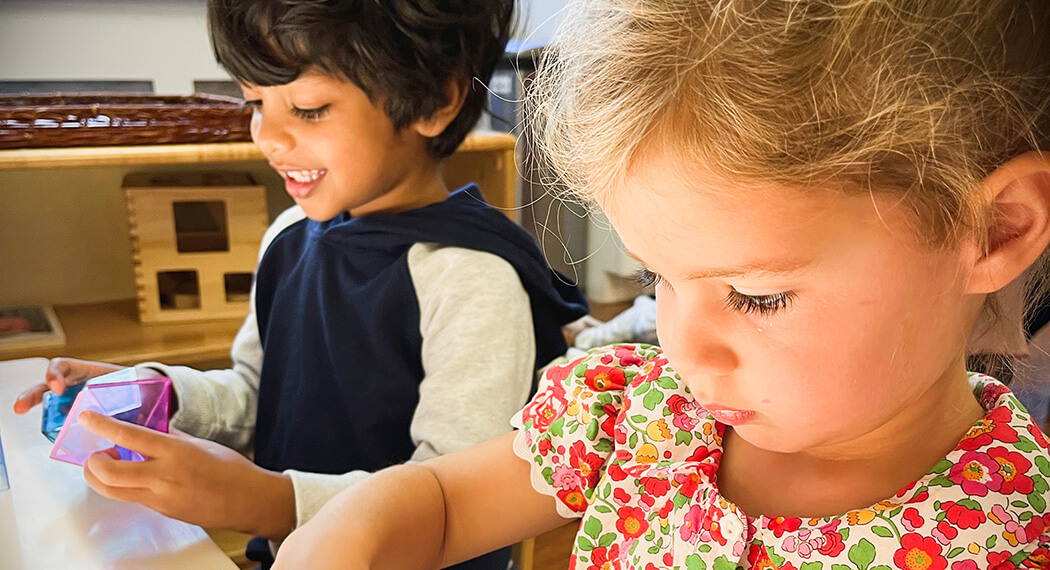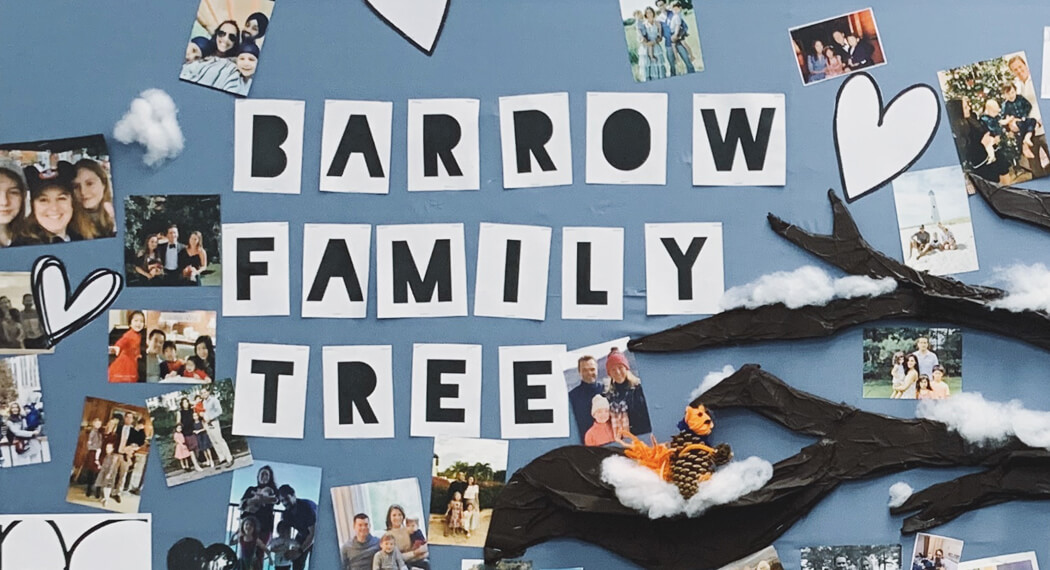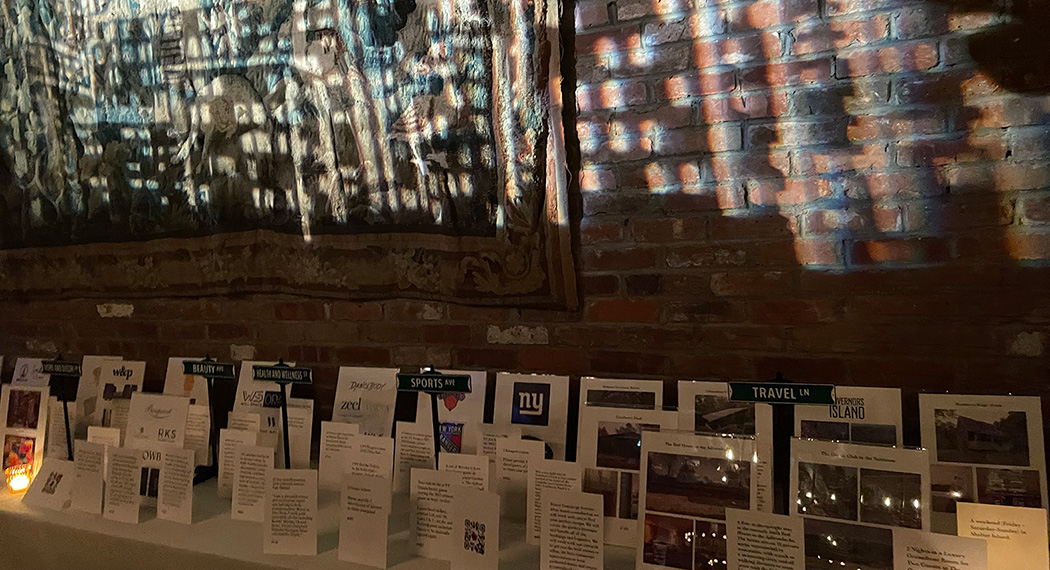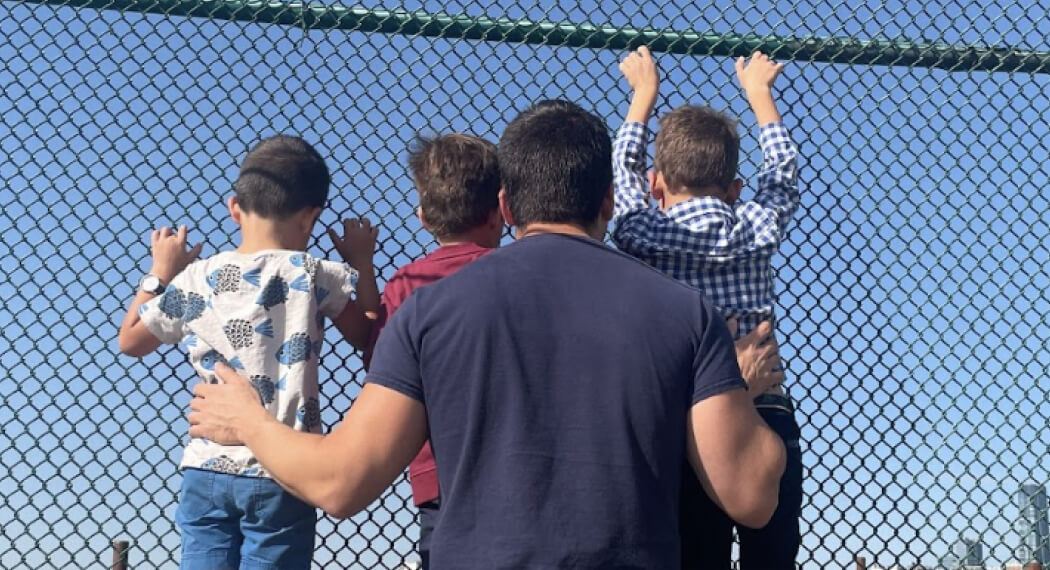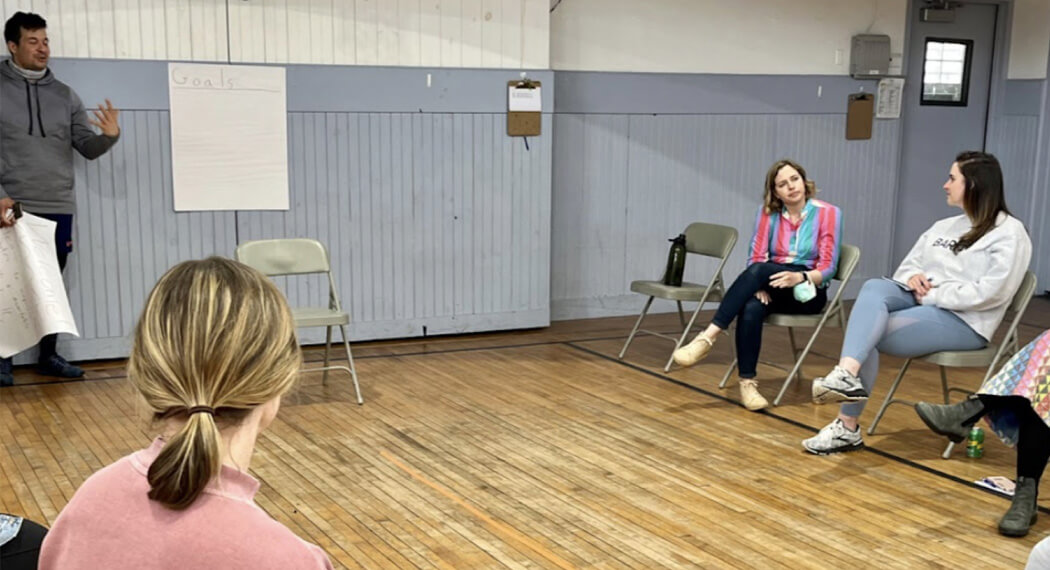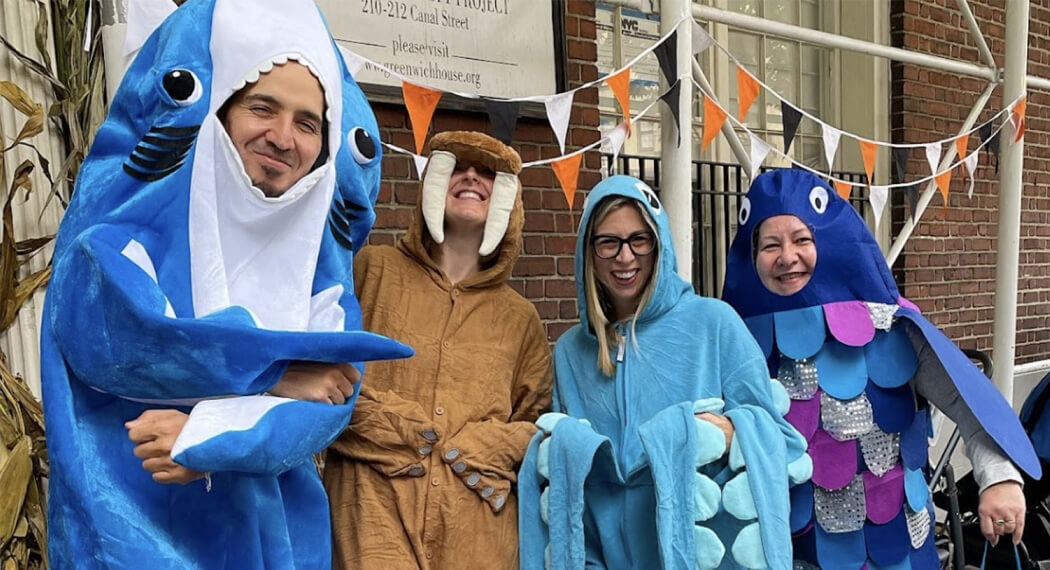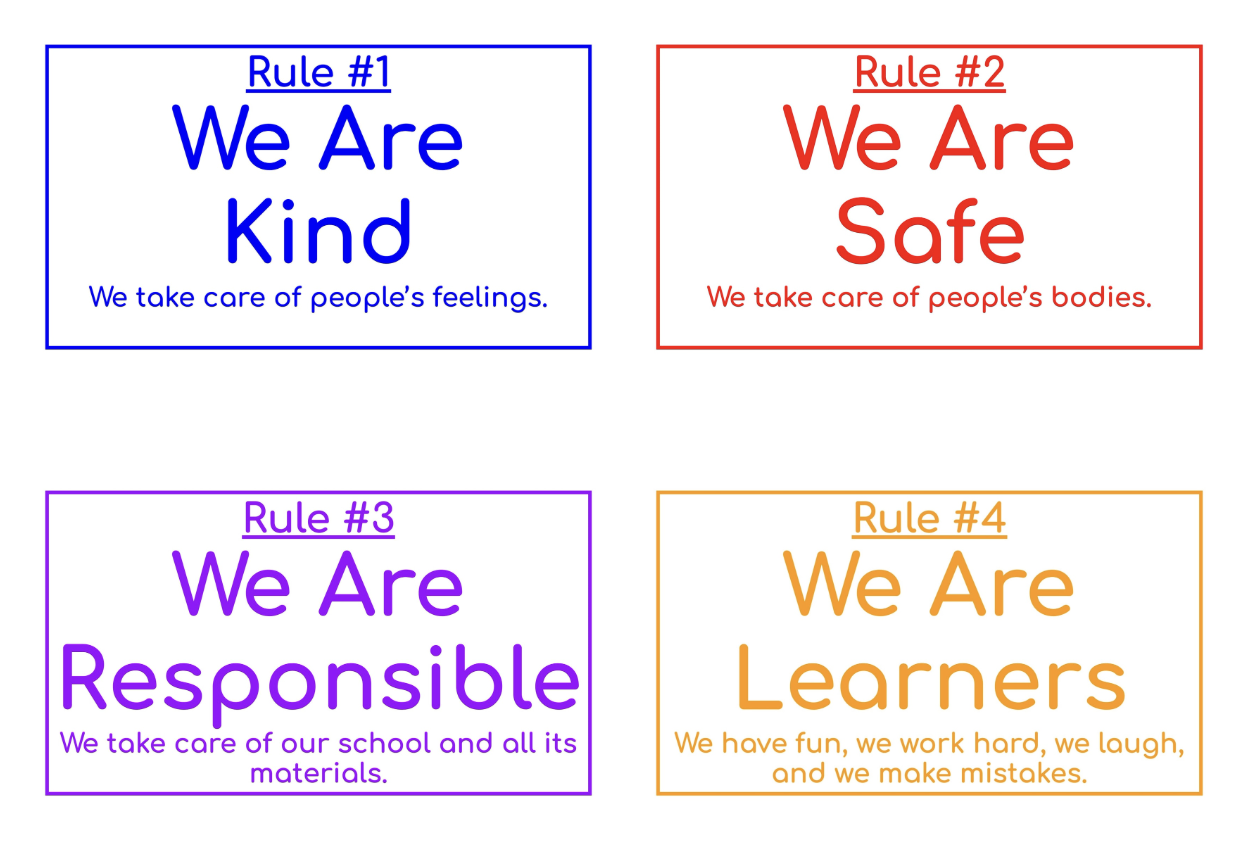Rules, Routines, and Rituals
After discussing the why of school during our first week together, we turned our attention to the what and the how. Three key ways we establish our what and how are through Rules, Routines, and Rituals. Each of these involve a different process, which we’ll outline below.
RULES
Rules are an essential part of any classroom. Their formation is a collaborative process between teachers and children. After reading Peggy Rathman’s “Officer Buckle and Gloria”, the children brainstormed a list of 44 (!!!) rules they felt were necessary for us to pursue our why.
Quite an impressive list! But… as comprehensive as it was (we can remain confident than any sky diving field trips will be conducted with the utmost attention to safety), it still didn’t cover every possible scenario. Leemie emerged with an idea: what if we “squished” these 44 hard-to-remember DON’Ts into a few, easy-to-remember DOs that still cover the same bases. So, Leemie worked has magic and…
…turned EIGHT PAGES of rules into just four simple rules! He presented the below to the children which were approved by unanimous assent!
The positive framing reminds the children of what we are aiming to do rather than simply what is forbidden. And their flexible yet accessible language makes them easily accepted and adapted. By unanimous decree, the children agreed! And, just like that, we have our rules!
We’re now working on what we do when rules are inevitably broken, another conversation Leemie is leading us in. To learn more, be sure to ask them about the “Super Hero” paper they brought home this week.
ROUTINES
Routines help children complete regular tasks in an organized, efficient manner that balances the needs of the individual with the goals of the group. Examples include snack cleanup, lunch setup, and transitions. These are largely teacher-driven, wherein we leverage our expertise and knowledge of children to create systems that encourage autonomy and community. Rather than asking the children how to plan and organize such a complex task on their own, we teach them a method we know they can complete successfully.
RITUALS
Rituals are the most organic, child-directed process of the three. Rituals often emerge from the children themselves and are what help give each classroom community it’s own culture. As an example, Quiet Play. This practice emerged spontaneously one day as we reminded the children, “When we turn the lights out, we’ll begin our Quiet Play.” The lights were still on in that moment and we noticed an immediate uptick in boisterous noise. But… as soon as the lights went out, the noise ceased. As this seemed like a fun and helpful way to mark the transition into Quiet Play, we embraced it and now do a daily countdown during which we invite the children to get those final noises out!
We have rules, routines, and rituals beyond what is listed here. Whether the process is more teacher-directed, child-initiated, or a collaboration between us all, these three processes set the stage for how we as a community will work, play, laugh, and learn together!
With our Why, How, and What taking shape… the next question is… Who are we? Stay tuned for updates on our class name selection!
Questions to Ask Your Orange Room-er
1.) How do you know where to sit during Meeting?
2.) How do you know where your Quiet Play spot is?
3.) What do “Green Dot Days” on the calendar mean?
4.) What new material was in the Sensory Table?
5.) What are your Rules for School?

